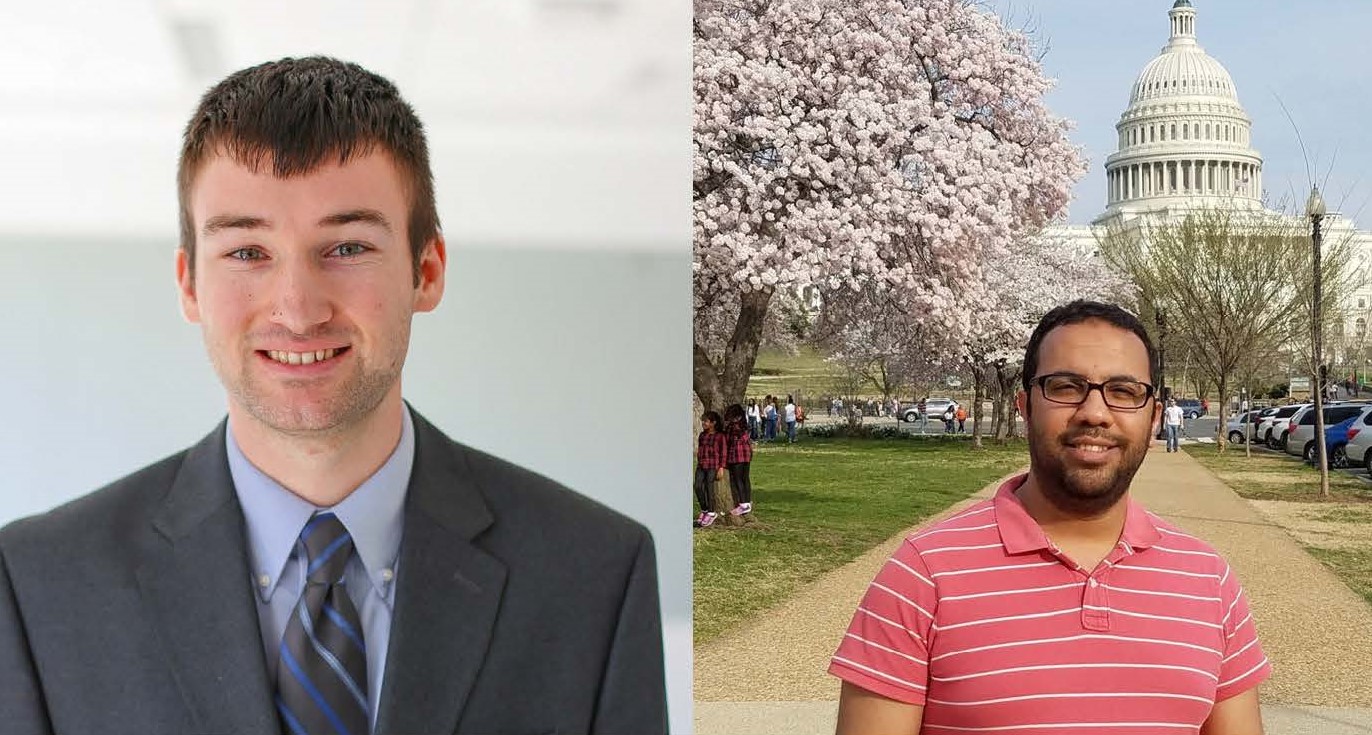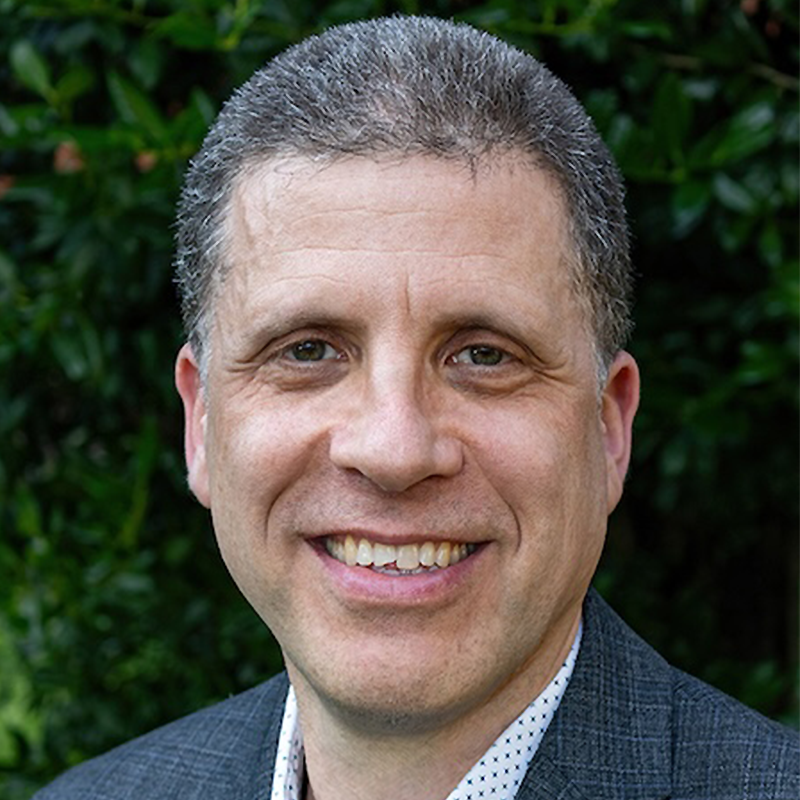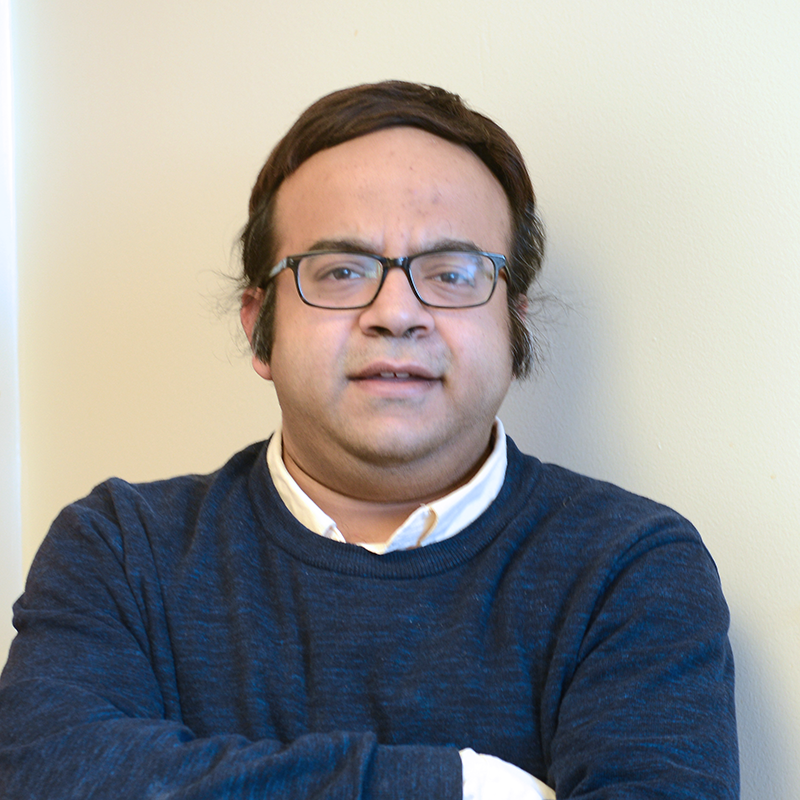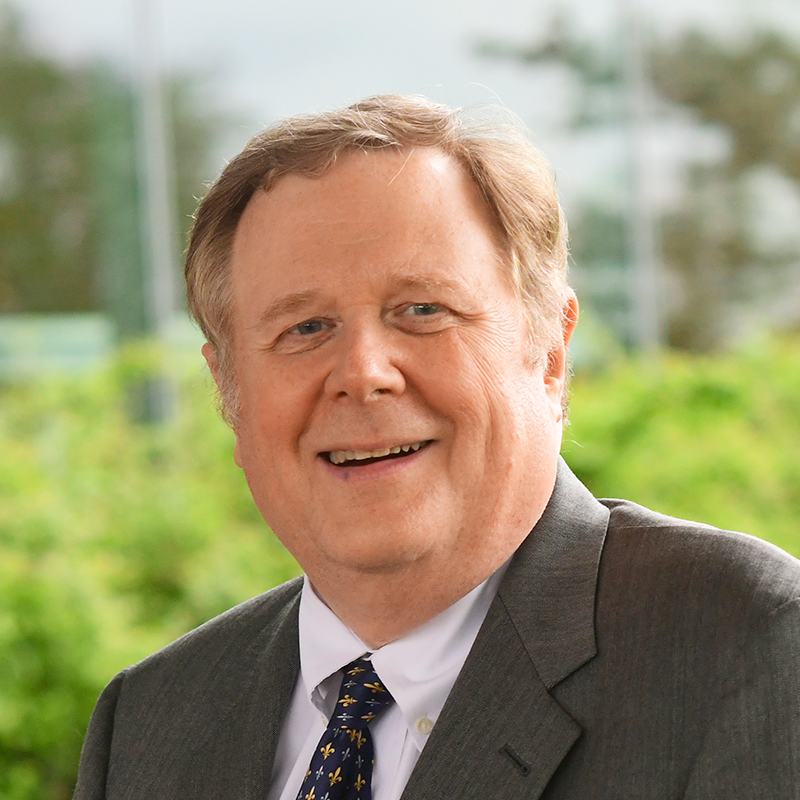News Story
Engineering Graduate Students Win Best Paper at International Conference

From left: FPE Grad students Chris Lee and Ahmed Said.
Chris Lee and Ahmed Said received an award for Best Paper by a Young Researcher at the 2019 Interflam International Conference and Exhibition on Fire Science and Engineering, held in London, England, July 1 – 3. The paper, entitled, “Evaluation of Mitigation Strategies for Propagating Thermal Runaway in Lithium Ion Battery Packs,” discusses the hazards of lithium-ion (LIBs) batteries and how they might be quantified.
Lithium ion batteries (LIBs) have one distinct disadvantage: a small deviation from normal operating conditions that may result in an irreversible failure, accompanied by a high rate of heat production in addition to the ejection of highly combustible gases and aerosols, a process referred to as thermal runaway. In LIB packs, thermal runaway of an individual cell may spread to neighboring cells, and grow into a large-scale fire. A quantitative understanding of this process is vital to ensuring safety of LIB-based energy storage systems and electrical vehicles.
“Our study focuses on quantifying the dynamics, gaseous emissions and energetics of propagating failure in battery packs consisting of 18650 form factor (cylindrical geometry), lithium cobalt oxide cathode cells,” said Lee. “In the paper we also analyze two different passive failure mitigation strategies and evaluate their effectiveness at preventing, or at least lessening the severity of propagating, failure. The two strategies investigated were decreasing the cell state of charge to 50% and implementing 5 mm gaps between certain groups of cells within the array. We determined that decreasing state of charge reduced the severity of the hazards more significantly that implementing gaps did, but neither strategy was able to actually prevent thermal runaway propagation.”
“Nowadays nearly everyone uses devices or machines that are powered by LIBs, and their applications are steadily increasing at a faster rate,” said Said. “Several fire incidents, however, have been reportedly caused by LIB-failure. What we are doing in our fire lab is conducting experimental research to understand the physics responsible for this failure, and offer effective solutions to overcome this phenomenon. We’re examining a spectrum of additional passive and active suppression methodologies with the goal of mitigating or completely preventing thermal runaway propagation in LIB battery packs. In the future we plan on simulating the battery pack tests via computer modeling to study different propagating failure scenarios much quicker and cheaper than full scale experiments.”
Lee received his M.S. in FPE in December, 2018, and is now a fire engineer with Arup in its Washington D.C. office. Said, who received his B.S. and M.S. degrees from the Faculty of Engineering at Cairo University, is now a fifth year doctoral candidate in the UMD Department of Mechanical Engineering, focusing in fire protection engineering. Both are advised by FPE Associate Professor, Stanislav Stoliarov.
According to the website, Interflam brings together engineers, scientists, practitioners and regulators from around the globe to hear the latest state of the art papers, and to network with peers. The conference aims to create an interface between the researcher, the fire safety engineer, fire service, regulators and designers so that fire-science can be effectively harnessed, providing a safer built environment.
For additional information:
Said A. O.; Lee C.; Stoliarov S. I.*; Marshall A. W.; Comprehensive Analysis of Dynamics and Hazards Associated with Cascading Failure in 18650 Lithium Ion Cell Arrays; Applied Energy; vol. 248; pp. 415-428 (2019); https://doi.org/10.1016/j.apenergy.2019.04.141.
Lee C.; Said A. O.; Stoliarov S. I.*; Impact of State of Charge and Cell Arrangement on Thermal Runaway Propagation in Lithium Ion Battery Cell Arrays; Transportation Research Record; (2019) 036119811984565; https://doi.org/10.1177/0361198119845654.
Published July 10, 2019









